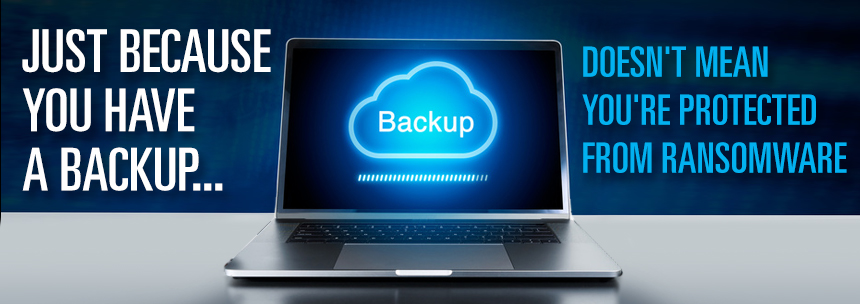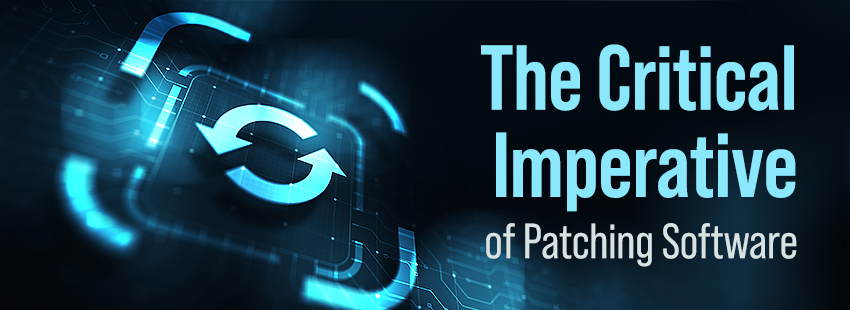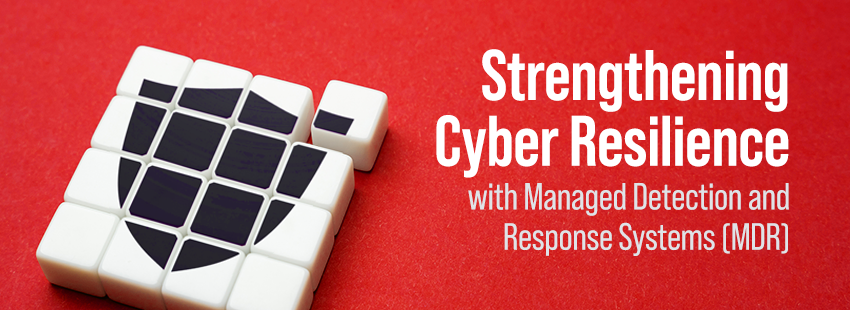When faced with a ransomware attack the current wisdom is if your computer gets infected and it encrypts your files you have three basic options:
- Pay the ransom
- Restore from a backup
- Cut your losses and nuke the computer
Of those three choices, backup is obviously your best option. Assuming everything goes well, you’ll get your data back and you can get back to work knowing you dodged a bullet.
But remember, just because you have backup in place doesn’t mean you’re protected from ransomware. We recently invited members of the Spiceworks IT community to share their experiences with ransomware in a brief survey. While most them reported backing up their data, only 42% could fully recover everything that had been compromised or encrypted.
Relying solely on backup as ransomware protection is like using your emergency brake for everyday driving: it may get the job done but it’s going to be messy.
The truth is, restoring from backup isn’t always going to go smoothly. There’s also no guarantee it’s going to be comprehensive. It’s a much-preferred option to paying the ransom, but to make sure it’s a viable option there are several things you need to prepare for and consider. Otherwise, if or when ransomware does hit, you may unfortunately find out you don’t have that choice after all.
Clarity hopes you enjoyed this email blog and will follow along with the additional segments in the weeks to come. The next installment will be “Using Backup to Recover from Ransomware: 4 Things You Have to Consider”
Want to know more? Clarity Technology Solutions is always available to discuss your data backup and data protection needs. Call us at 937-303-4033 to discuss your needs and if you are protected.





